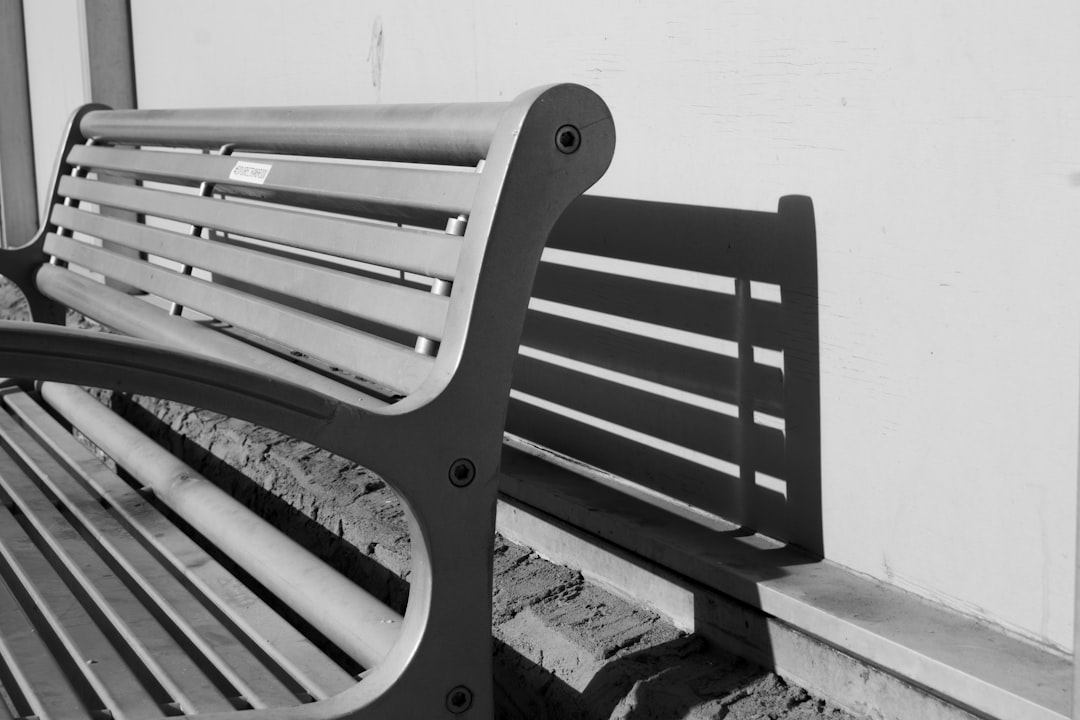Where Craftsmanship and Tech Converge: Chair Rail Meets Door Casing
In the world of professional construction, the intersection where chair rail meets door casing is crucial. This small detail can elevate a room from builder-grade to a custom masterpiece. Current installation rates for chair rail and casing range from $650-$1200 per opening, depending on complexity and materials. At CountBricks, we leverage AI-powered estimating to ensure precision and efficiency in every project.
Why This Intersection Matters in Residential Construction
- Visual Continuity: Misaligned trim lines are noticeable and can detract from the overall aesthetic.
- Durability: Properly fitted trim reduces the risk of seasonal movement and cracking.
- Budget Control: Accurate planning prevents costly re-cuts and labor overruns.
Visit CountBricks.com for real-time pricing on chair rail, casing profiles, fasteners, and labor.
Common Field Challenges
- Clashing Profiles: Mismatched styles can create a disjointed appearance.
- Height Conflicts: Incorrect elevations can lead to awkward joints.
- Wall Variations: Out-of-plumb framing can cause visible gaps.
- Last-Minute Changes: Alterations in trim styles can disrupt schedules.
How CountBricks Turns Challenges into Predictable Results
- AI Blueprint Takeoffs: Quickly obtain linear-foot quantities and compatible profiles.
- Real-Time Material Libraries: Ensure selected trims are available and within budget.
- Clash Alerts: Identify and resolve profile mismatches before ordering.
- On-Site Voice Updates: Recalculate labor and material costs instantly from the jobsite.
Design Principles for Seamless Chair Rail and Door Casing
Match or Contrast? Choose profiles that either harmonize or subtly contrast, depending on the style of the home. Visit CountBricks.com to see successful combinations.
Establish a Reference Height: Standard chair rail sits one-third up the wall. Align with the casing for a seamless look.
Return Detail Matters: Decide on the finish where the chair rail meets the casing for a polished appearance.
Step-by-Step Installation Guide
- Confirm wall heights and casing reveal with laser levels.
- Mark continuous chair-rail reference lines using a chalk reel.
- Pre-cut long runs and dry-fit around openings.
- Address the intersection first for a tight fit.
- Secure with finish nails and adhesive for stability.
- Fill, sand, and prime to prepare for painting.
Costing Snapshot: Real Numbers from CountBricks Projects
- 2,800 SF Craftsman Reno, San Diego: 420 linear ft of chair rail and casing. Total cost: $4,630.
- 1,900 SF Modern Farmhouse, Austin: Contrasting profiles. Total cost: $3,940.
Pro Tips from CountBricks Field Teams
- Prime and sand trim stock before cutting for even paint absorption.
- Use a micro-bevel to hide drywall imperfections.
- Keep fastener heads away from joints for easy alignment adjustments.
- Seal end grain to reduce shrinkage.
- Document quality with photos for client and inspector review.
Integrating the Details into Your Estimate
With CountBricks, specify profiles and finish schedules by voice, and watch the estimate auto-populate. This ensures the critical intersection is never overlooked.
Ready to Elevate Your Trim Package?
Visit CountBricks.com to schedule a demo and see how our technology ensures precision in every project.
Case Study Deep Dive: Zero-Punch-List Trim in a Victorian Remodel
San Francisco's Painted Ladies are known for their intricate millwork. One homeowner sought the same detail inside, with a 4-1/2" chair rail intersecting 5-1/4" fluted door casing on uneven plaster walls.
CountBricks Solution Path
- Digital Scan and Takeoff: Captured dimensions with LiDAR, converting scans into takeoffs swiftly.
- Profile Compatibility Check: Adjusted design to maintain symmetry, avoiding custom milling costs.
- Labor Forecast: Applied historical data to ensure realistic budgeting.
- Live Progress Updates: Provided real-time updates to the homeowner.
Outcome
- 1,120 linear ft of trim installed with no re-cuts.
- Zero punch-list items related to trim joints.
- Labor finished early, allowing painting to start ahead of schedule.
This project demonstrates how CountBricks technology delivers historical authenticity without modern headaches. Whether renovating a Victorian or building new, CountBricks provides the clarity needed for perfect trim intersections.
Next Steps
Explore trim packages at CountBricks.com or book a blueprint review. Precision and flawless details are just a click away.

